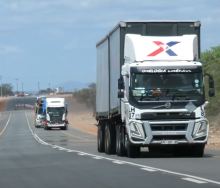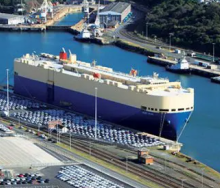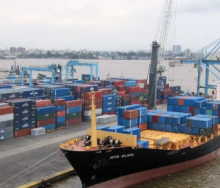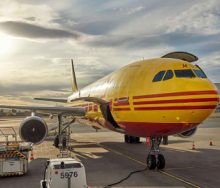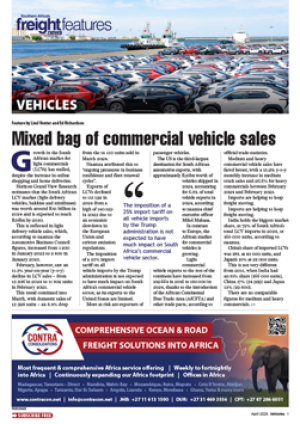Not to overstate the case, but it’s truly a sight to behold – watching trucks flowing north across the Limpopo River into Zimbabwe.
Ordinarily members of the 4th Estate embrace the negative in the hunt for newsworthiness.
It’s the stuff readership dreams are made of, the way we ply our trade.
But not this morning.
Not at Beitbridge.
Today we accentuate the positive.
For the first time in more than two months, truckers stuck at the continent’s worst transit can speed up in the queue as efforts to decongest the crossing take effect – real effect.
Early this morning Mike Fitzmaurice, chief director of the Federation of East and Southern African Road Transport Associations, posted a video showing trucks moving, rather than standing still.
At 6:43am he said the queue was 6.2 kilometres long, and one lane – the best it’s been since August.
It was almost too good to be true considering that only days ago trucks were queuing several lines abreast across the N1, sometimes six when the congestion was at its peak, with some drivers saying it took up to 10 days to get across.
And now it seems to be a thing of the past.
Why?
Because of serious interventions taken to address the cause of the bottleneck: transporters sending drivers to the border without paperwork that’s in order, to name just one of the reasons.
Said Fitzmaurice: “Please note that all trucks that are seen in this video have been vetted as compliant by Zimra (Zimbabwe Revenue Authority) on the SA side.”
As a result they were fast-tracked into a green-flow lane, provided that all required tariffs and tolls were paid north of the border.
To give some context, this is what an official from the South African Revenue Service had to say: “We have been bedevilled by slow movement for some time, and through our regular Zimra/Sars engagements, the following are being put in place to ensure speedy movement.”
· Zimra will deploy officers at our south gate and on the N1 outside Gateway Truckpark to check if trucks are fully precleared on the Zimbabwean side.
· If not fully cleared they will not be allowed to proceed to port, but will be directed to truck parks (on a) first in-first first-out principle once (they are) clearing-compliant.
· If a truck is fully precleared, it will be given identifying marks to proceed to port and be directed to a fast lane (…).
He added that Zimra would also institute penalties for truckers who stayed longer than necessary when they arrived on the Zimbabwean side.
“They need to finalise border processes immediately and not stay over.”
The same applies to those who arrive in Zimbabwe without the necessary preclearance compliance.
Furthermore, he said Zimra continuously pleaded with clearing agents and runners to be available throughout the night, and appealed for improved communication between all concerned – transporters, drivers, and the aforementioned border staff.
In short, these interventions appear to address all the issues previously mentioned as causes for congestion at Beitbridge: trucks arriving at the border without adhering to the necessary compliance procedures, and staff preferring to comply with a dawn-to-dusk Covid curfew even though it was gazetted recently that they are part of essential services.
WATCH: In a rare sight not often seen, trucks flow through the Beitbridge border in this video courtesy of Fesarta.





